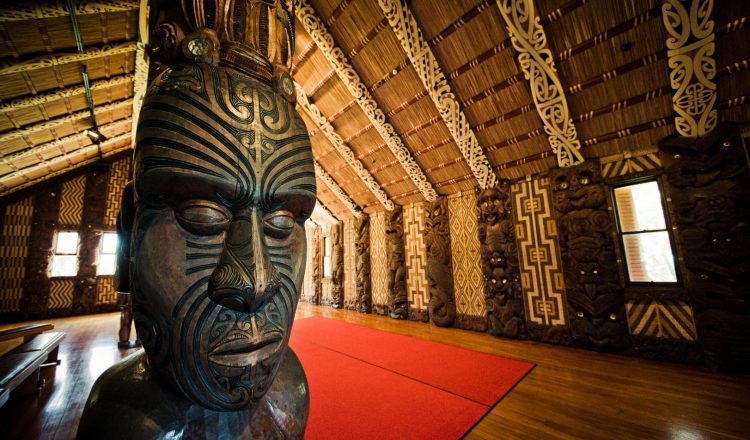Tikanga
Tikanga là một khái niệm mà người Maori tin đã tồn tại từ buổi bình minh của thời gian. Đó là một loạt các quy tắc và phong tục trong văn hóa Maori cho họ thấy làm thế nào để sống một cuộc sống tốt đẹp liên quan đến linh hồn, đất đai và tổ tiên của họ.
Mặc dù nó có thể xuất hiện từ một nguồn tinh thần, nhưng Tikanga hoạt động như một hiến pháp xã hội trong mỗi iwi và nói chung là trong toàn bộ nền văn hóa Maori. Mỗi iwi có thể có một bộ phong tục và đạo đức khác nhau xác định Tikanga của họ, nhưng họ tôn trọng đó là chân lý cho từng bộ tộc. Điều này là do Tikanga đến từ quá khứ và người Maori nhận ra rằng quá khứ là khác nhau đối với các iwi khác nhau, vì vậy không nên đánh giá là sai.
Tikanga Hôm nay
Tikanga đến từ quá khứ, nhưng nó đang hướng tới tương lai. Khi hiểu biết toàn cầu về luân lý và đạo đức đã được điều chỉnh, Tikanga cũng vậy và sự tiếp xúc của người Maori với các nền văn hóa và ý tưởng khác đã định hình nó thành hình thức hiện tại. Với việc New Zealand là một lò nung văn hóa như vậy, Tikanga đã bị ảnh hưởng theo một số cách nào đó bởi các tư tưởng và triết học phương Tây và phương Đông, cùng với các giá trị Judeo-Christian.
Tikanga trở thành một khái niệm chính của nhiều người New Zealand trong thập niên 1980, khi chính phủ bắt đầu áp dụng nó vào Luật. Những luật này thường liên quan đến tính bền vững và quản lý tài nguyên, vì việc xử lý đất đai đóng một vai trò quan trọng ở Tikanga. Tuy nhiên, chính phủ cũng áp dụng các nghị định thư và đạo đức trong hệ thống cho các vấn đề pháp lý liên quan đến đạo đức và công lý. Việc xem xét Tikanga trong luật pháp của chính phủ cho thấy bản sắc văn hóa tiến bộ của New Zealand và sự cống hiến của nó đối với sự đa dạng.
Tikanga và Cách cư xử
Tikanga cũng bao gồm nghi thức và hành vi, những thứ ảnh hưởng đến cuộc sống hàng ngày của Kiwi. Những cách cư xử này là điều quan trọng cần nhớ để thể hiện sự tôn trọng đối với văn hóa Maori và Kiwi nói chung.
Dưới đây là một số ví dụ:
- Tránh chạm vào đầu mọi người; đầu được người Maori coi là thiêng liêng.
- Không ngồi trên bàn hoặc gối. Nó được coi là không hợp vệ sinh, đặc biệt là nếu có thức ăn. Bạn cũng không nên để túi hoặc mũ của mình trên bàn vì lý do tương tự, thay vào đó hãy đặt chúng trên sàn hoặc trên ghế.
- Đừng để thức ăn qua đầu người khác. Tương tự như quy tắc đầu tiên, cả thức ăn và đầu đều được coi là vật thiêng liêng trong văn hóa Maori. Người Maori sử dụng thực phẩm trong bối cảnh nghi lễ, như một sự chào đón, nghi lễ hoặc để xây dựng mối quan hệ.
- Tránh vào hoặc đi ngang qua một căn phòng trong khi ai đó đang nói chuyện, đặc biệt nếu người đó là một nhân vật có thẩm quyền. Nếu bạn phải vào bên trong, hãy chắc chắn giữ im lặng và không đi trước người nói. Các bài phát biểu hoặc Mihi có một hệ thống phân cấp rất đặc biệt và để làm gián đoạn sẽ được xem là thiếu tôn trọng.

















































